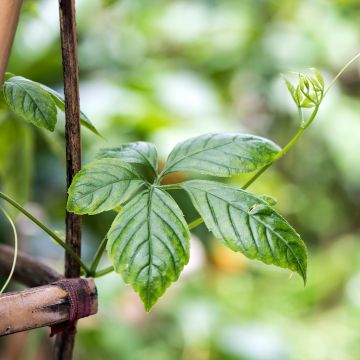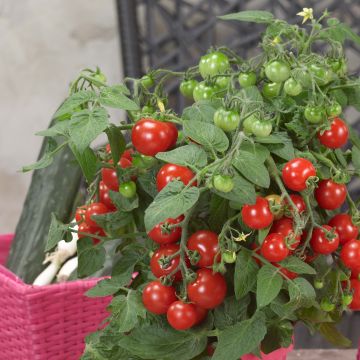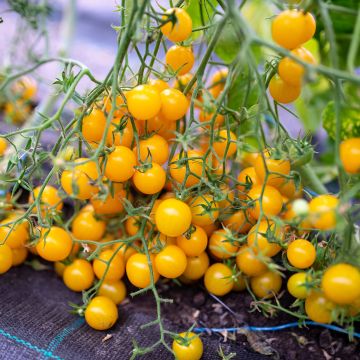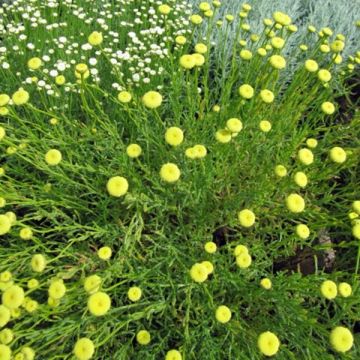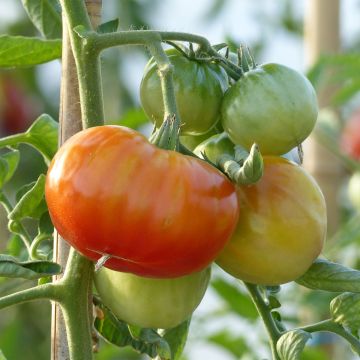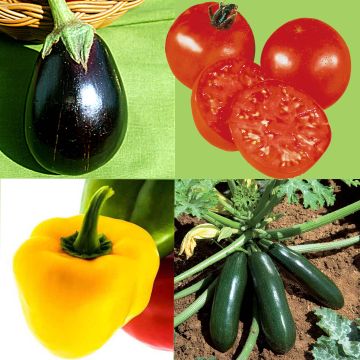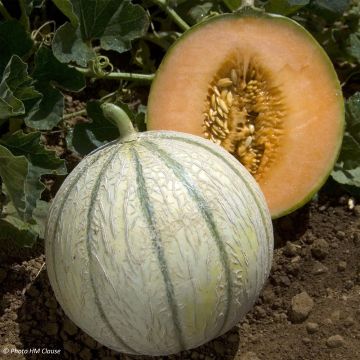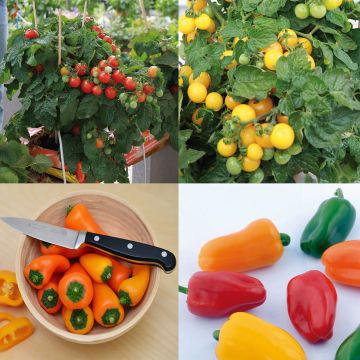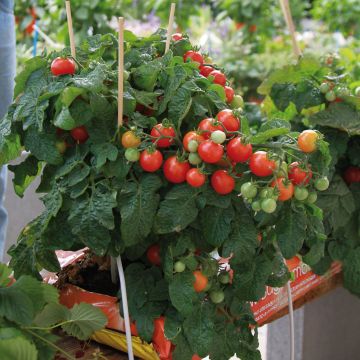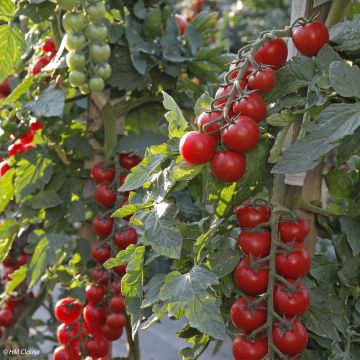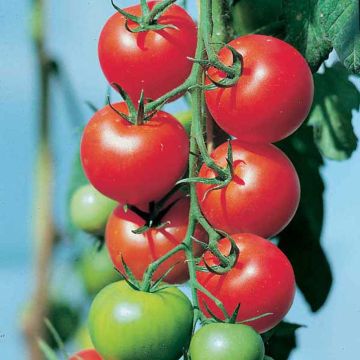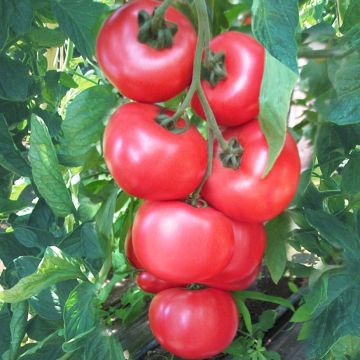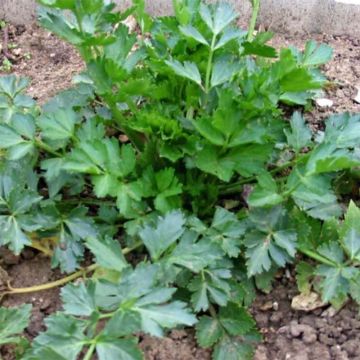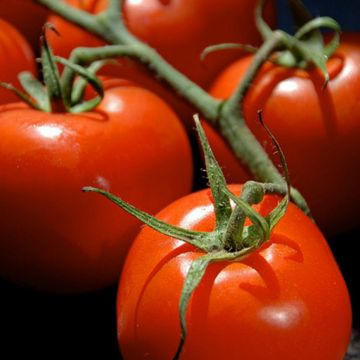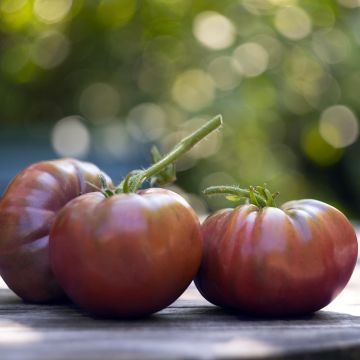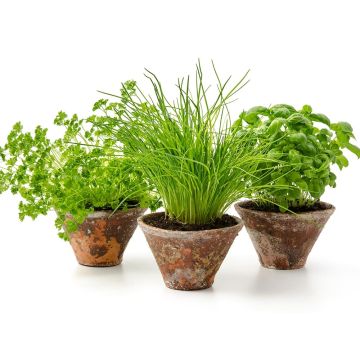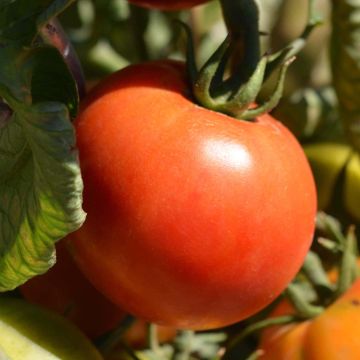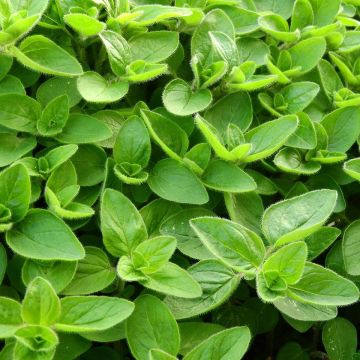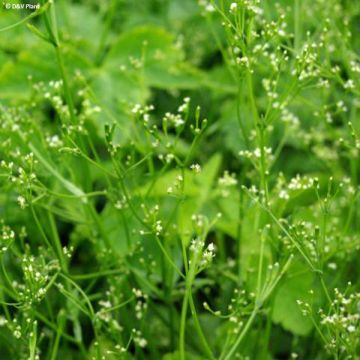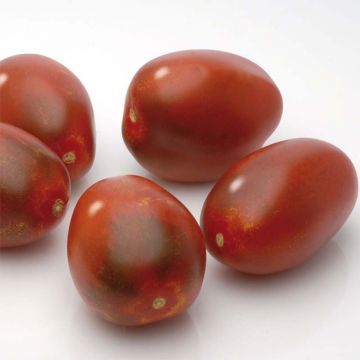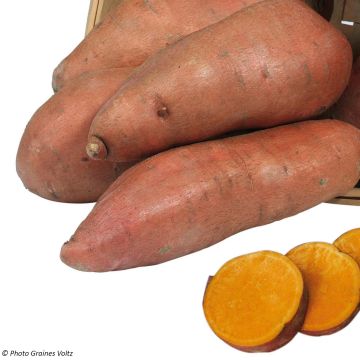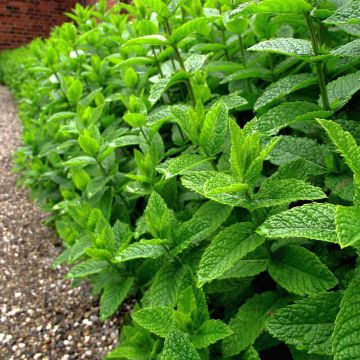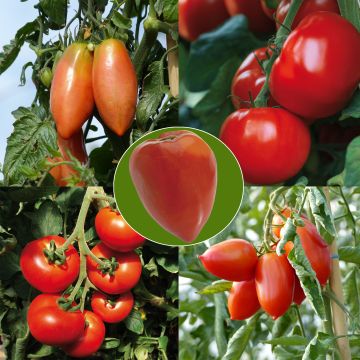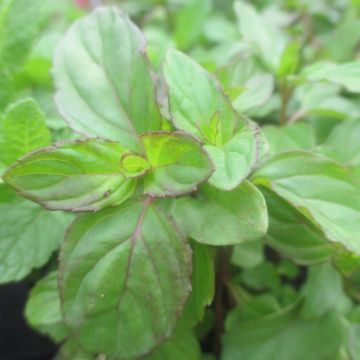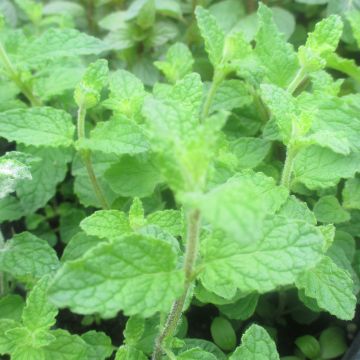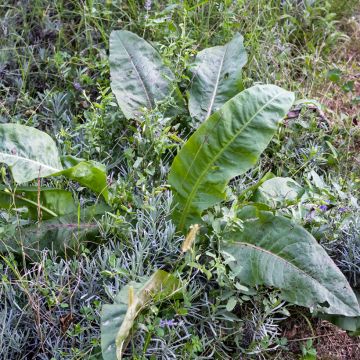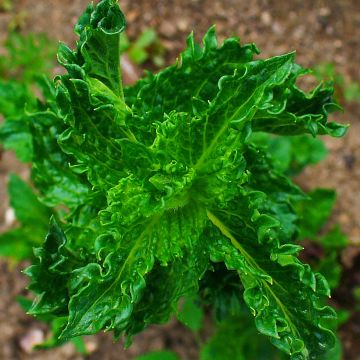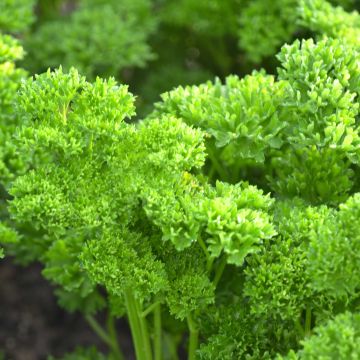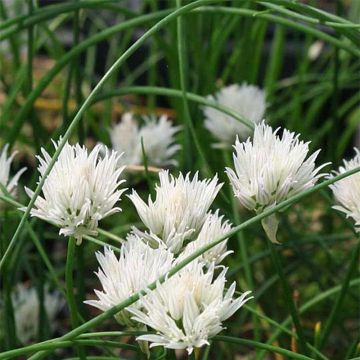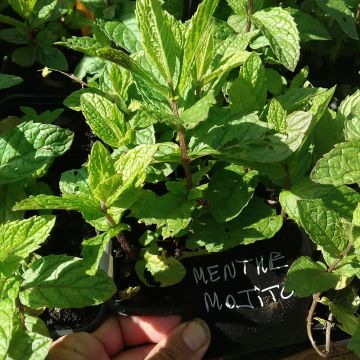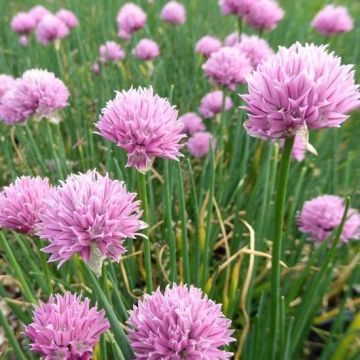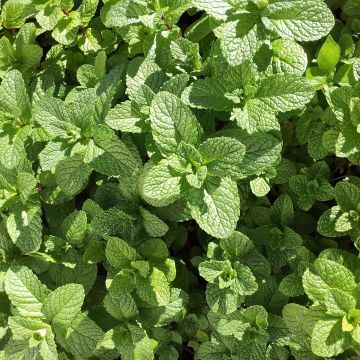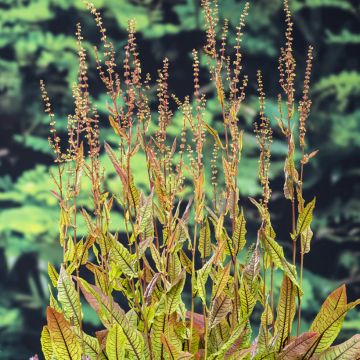Shipping country and language
Your country of residence may be:
Your country of residence is:
For a better user experience on our website, you can select:
Your shipping country:
-
Andorra
-
Austria
-
Belgium
-
Bulgaria
-
Canada
-
Chile
-
Croatia
-
Cyprus
-
Czechia
-
Denmark
-
Estonia
-
Finland
-
France
-
Germany
-
Greece
-
Hungary
-
Iceland
-
Ireland
-
Italy
-
Latvia
-
Lithuania
-
Luxembourg
-
Malta
-
Monaco
-
Netherlands
-
Poland
-
Portugal
-
Romania
-
Slovakia
-
Slovenia
-
Spain
-
Sweden
-
Switzerland
-
United Kingdom
We only deliver seed and bulb products to your country. If you add other products to your basket, they cannot be shipped.
Language:
-
French
-
German
-
Spanish
-
English
-
Italian
My Account
Hello
My wish lists
Log in / Register
Existing customer?
New customer?
Create an account to track your orders, access our customer service and, if you wish, make the most of our upcoming offers.
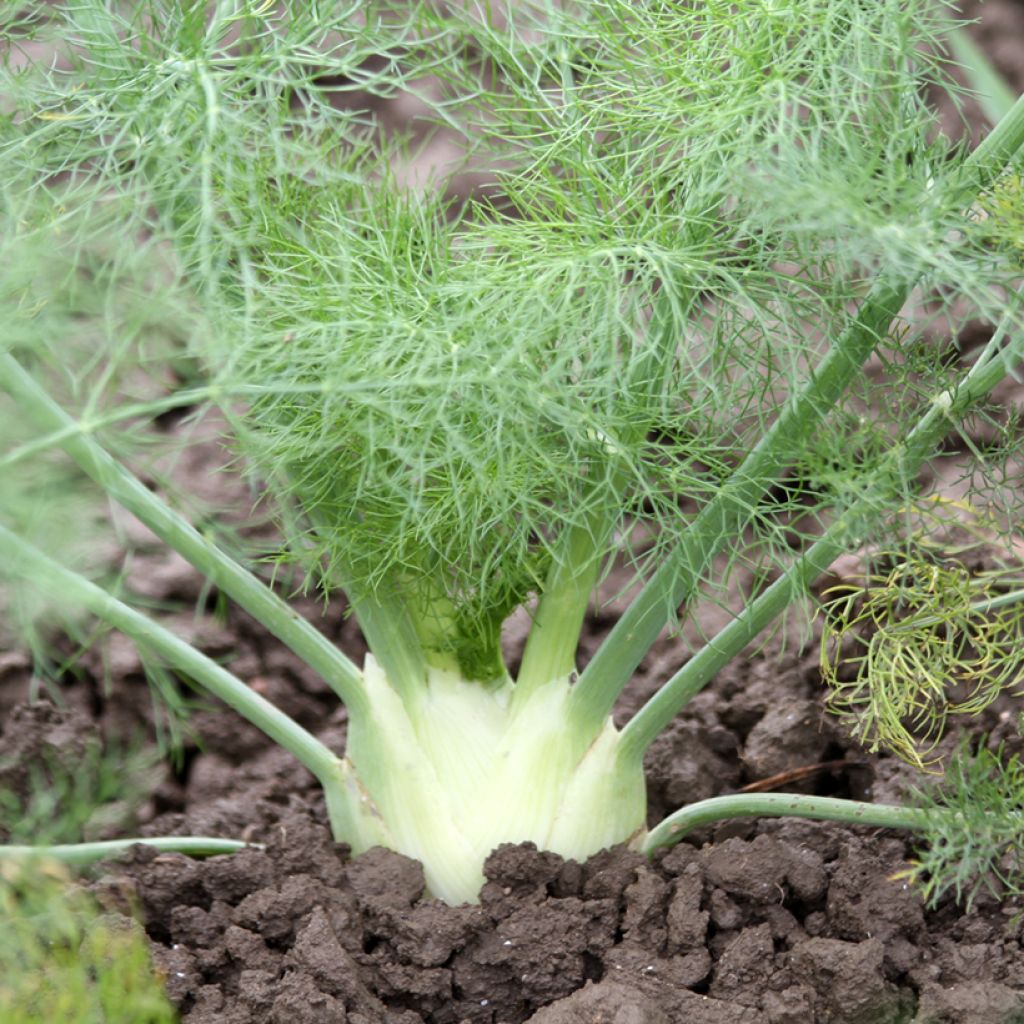

Fennel Tauro F1 plants - Foeniculum dulce
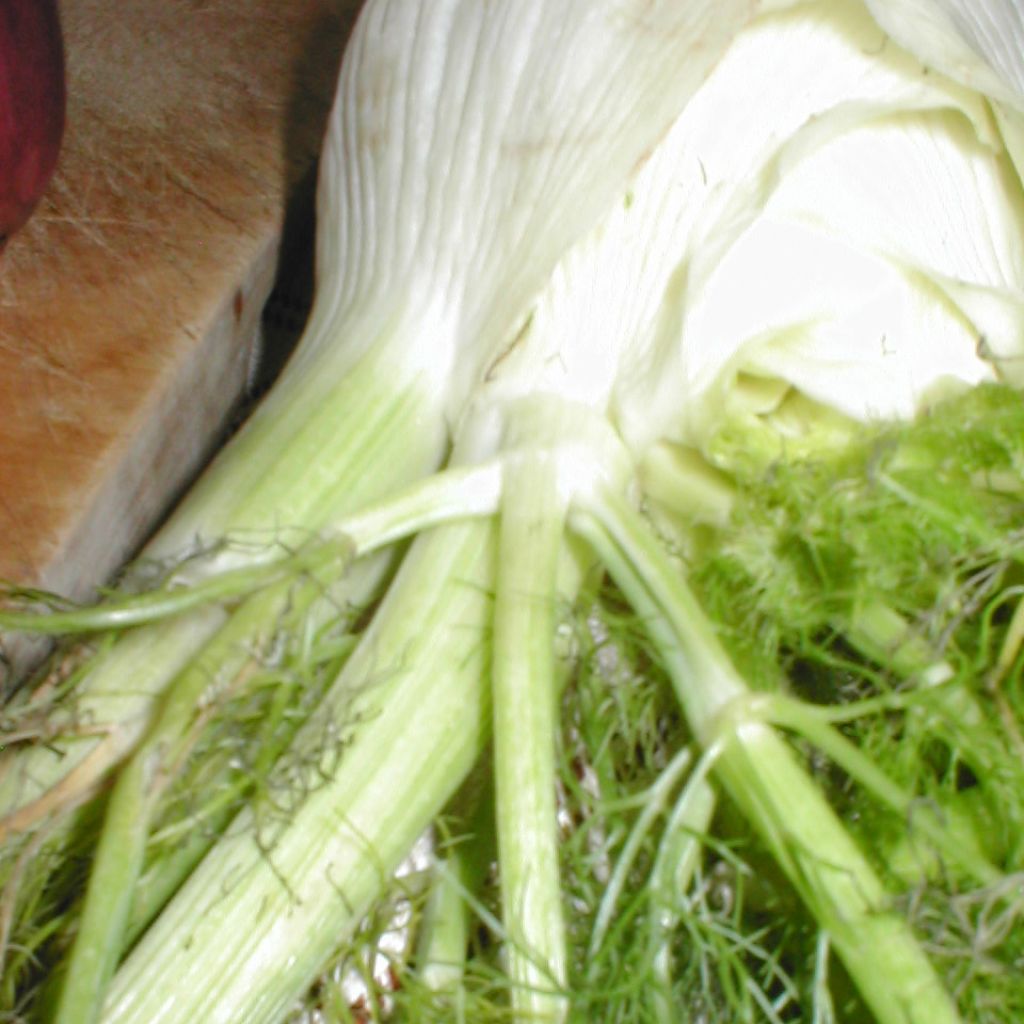

Fennel Tauro F1 plants - Foeniculum dulce
Fennel Tauro F1 plants - Foeniculum dulce
Foeniculum dulce Tauro
Sweet fennel, Florence fennel
The plants went to seed without forming pulp, whereas the ones that were sown were very productive.
Agnes P., 10/11/2018
Why not try an alternative variety in stock?
View all →Order in the next for dispatch today!
Dispatch by letter from €3.90.
Delivery charge from €5.90 Oversize package delivery charge from €6.90.
More information
This item is not available in your country.
Schedule delivery date,
and select date in basket
This plant carries a 6 months recovery warranty
More information
We guarantee the quality of our plants for a full growing cycle, and will replace at our expense any plant that fails to recover under normal climatic and planting conditions.
From €5.90 for pickup delivery and €6.90 for home delivery
Express home delivery from €8.90.
Description
The 'Tauro' fennel is an early variety, producing large white bulbs with a delicate aniseed flavour. It can be eaten raw or cooked, and its leaves will add flavour to fish dishes and salads. The plugs can be planted from April to June for a harvest from June to October.
Fennel belongs to the Apiaceae family (formerly Umbelliferae), just like carrot and dill. It forms a beautiful plant with fine and light foliage. The stems, the "bulb," and the seeds are consumed. It thrives in mild climates, and is grown in sunny, fairly rich soil.
The "bulb" is not really a bulb, but a fleshy part formed by the imbrication of the petioles. The swollen base has a beautiful pearly white hue and a slightly aniseed flavour. It can be consumed both raw and cooked. Its stems are used to flavour fish dishes. If some plants go to seed, use the seeds to make a very good condiment that aids digestion.
Fennel is easy to grow, but needs some warmth to grow. It does not tolerate drought well, which causes it to quickly go to seed. The art of the gardener is then to combine the right variety and sowing period.
It is a biennial plant, often cultivated as an annual as it is sensitive to frost. Preferring mild climates, it is grown in sunny, fairly rich soil.
Harvest: fennel is harvested from June to October and should be done as needed. Lift the bulbs with a fork when they are fully swollen.
Storage: it is a rather cold-sensitive plant that cannot withstand frost. It cannot stay in the ground during winter and must be stored in a cellar. Freshly harvested fennel can be stored for a few days in the refrigerator. It can be stored for several months in a freezer, after being blanched beforehand.
Gardener's tip: mulch the soil with successive thin layers of grass clippings, if possible mixed with dead leaves. This protection keeps the soil moist and reduces weeding.
Report an error about the product description
Harvest
Plant habit
Foliage
Other Vegetable plants A to Z
Planting and care
Fennel thrives in sunny, humus-rich soil. If compost is needed, it should be applied in autumn, in the form of well-rotted compost (about 3kg per m²). Loosen the soil and rake in the compost to a depth of 5cm (2in).
Planting
Plant from April to June.
First, transplant the plug plants into trays or pots with a diameter of 8 to 13cm (3 to 5in), filled with potting soil. Place them in a warm and bright place. Water regularly.
Plant in open ground when all risk of frost has passed. Space them 20cm (8in) apart in the row and 40cm (16in) between rows. Dig a hole, place the root ball, and cover with fine soil. Pack it down well and water to keep the soil moist.
Maintenance
Fennel can be earthed up to a height of 8 or 10cm (3 or 4in). This will lead to whiter bulbs.
Fennel is a good companion for celery, turnip, and leek.
Let some plants flower, as like all umbellifers, they are very beautiful and particularly appreciated by beneficial insects.
Cultivation
Care
Intended location
-
, onOrder confirmed
Reply from on Promesse de fleurs
Vegetable plants
Haven't found what you were looking for?
Hardiness is the lowest winter temperature a plant can endure without suffering serious damage or even dying. However, hardiness is affected by location (a sheltered area, such as a patio), protection (winter cover) and soil type (hardiness is improved by well-drained soil).

Photo Sharing Terms & Conditions
In order to encourage gardeners to interact and share their experiences, Promesse de fleurs offers various media enabling content to be uploaded onto its Site - in particular via the ‘Photo sharing’ module.
The User agrees to refrain from:
- Posting any content that is illegal, prejudicial, insulting, racist, inciteful to hatred, revisionist, contrary to public decency, that infringes on privacy or on the privacy rights of third parties, in particular the publicity rights of persons and goods, intellectual property rights, or the right to privacy.
- Submitting content on behalf of a third party;
- Impersonate the identity of a third party and/or publish any personal information about a third party;
In general, the User undertakes to refrain from any unethical behaviour.
All Content (in particular text, comments, files, images, photos, videos, creative works, etc.), which may be subject to property or intellectual property rights, image or other private rights, shall remain the property of the User, subject to the limited rights granted by the terms of the licence granted by Promesse de fleurs as stated below. Users are at liberty to publish or not to publish such Content on the Site, notably via the ‘Photo Sharing’ facility, and accept that this Content shall be made public and freely accessible, notably on the Internet.
Users further acknowledge, undertake to have ,and guarantee that they hold all necessary rights and permissions to publish such material on the Site, in particular with regard to the legislation in force pertaining to any privacy, property, intellectual property, image, or contractual rights, or rights of any other nature. By publishing such Content on the Site, Users acknowledge accepting full liability as publishers of the Content within the meaning of the law, and grant Promesse de fleurs, free of charge, an inclusive, worldwide licence for the said Content for the entire duration of its publication, including all reproduction, representation, up/downloading, displaying, performing, transmission, and storage rights.
Users also grant permission for their name to be linked to the Content and accept that this link may not always be made available.
By engaging in posting material, Users consent to their Content becoming automatically accessible on the Internet, in particular on other sites and/or blogs and/or web pages of the Promesse de fleurs site, including in particular social pages and the Promesse de fleurs catalogue.
Users may secure the removal of entrusted content free of charge by issuing a simple request via our contact form.
The flowering period indicated on our website applies to countries and regions located in USDA zone 8 (France, the United Kingdom, Ireland, the Netherlands, etc.)
It will vary according to where you live:
- In zones 9 to 10 (Italy, Spain, Greece, etc.), flowering will occur about 2 to 4 weeks earlier.
- In zones 6 to 7 (Germany, Poland, Slovenia, and lower mountainous regions), flowering will be delayed by 2 to 3 weeks.
- In zone 5 (Central Europe, Scandinavia), blooming will be delayed by 3 to 5 weeks.
In temperate climates, pruning of spring-flowering shrubs (forsythia, spireas, etc.) should be done just after flowering.
Pruning of summer-flowering shrubs (Indian Lilac, Perovskia, etc.) can be done in winter or spring.
In cold regions as well as with frost-sensitive plants, avoid pruning too early when severe frosts may still occur.
The planting period indicated on our website applies to countries and regions located in USDA zone 8 (France, United Kingdom, Ireland, Netherlands).
It will vary according to where you live:
- In Mediterranean zones (Marseille, Madrid, Milan, etc.), autumn and winter are the best planting periods.
- In continental zones (Strasbourg, Munich, Vienna, etc.), delay planting by 2 to 3 weeks in spring and bring it forward by 2 to 4 weeks in autumn.
- In mountainous regions (the Alps, Pyrenees, Carpathians, etc.), it is best to plant in late spring (May-June) or late summer (August-September).
The harvesting period indicated on our website applies to countries and regions in USDA zone 8 (France, England, Ireland, the Netherlands).
In colder areas (Scandinavia, Poland, Austria...) fruit and vegetable harvests are likely to be delayed by 3-4 weeks.
In warmer areas (Italy, Spain, Greece, etc.), harvesting will probably take place earlier, depending on weather conditions.
The sowing periods indicated on our website apply to countries and regions within USDA Zone 8 (France, UK, Ireland, Netherlands).
In colder areas (Scandinavia, Poland, Austria...), delay any outdoor sowing by 3-4 weeks, or sow under glass.
In warmer climes (Italy, Spain, Greece, etc.), bring outdoor sowing forward by a few weeks.
